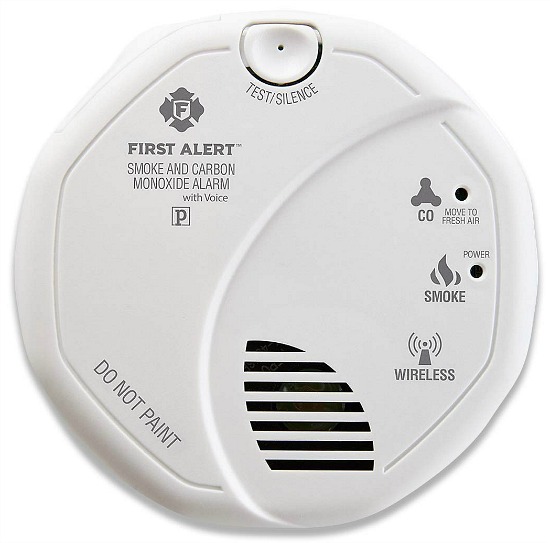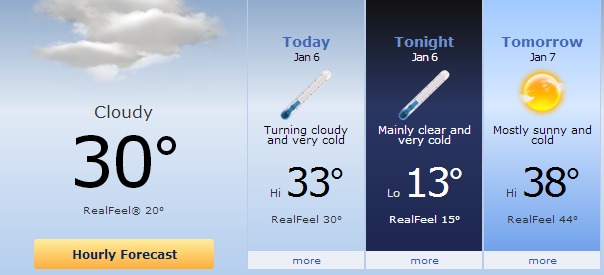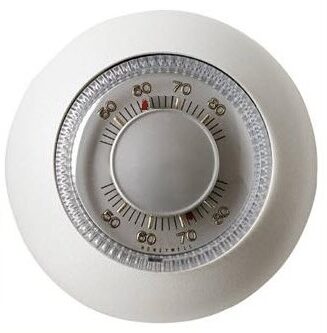Don’t put off until the bitter cold hits what you can do now to ready your home for winter tips is the topic of today’s blog post.
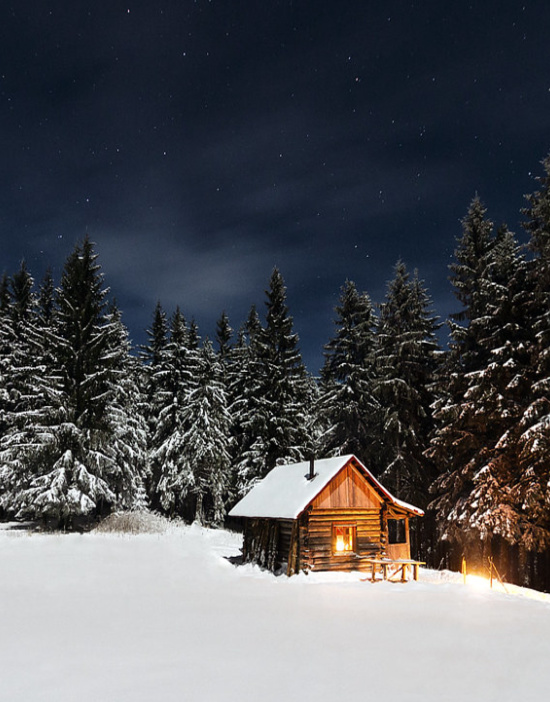
It’s never too early or too late to take the bull or bison by the horns and show the elements who’s boss with these winter ready your home tips.
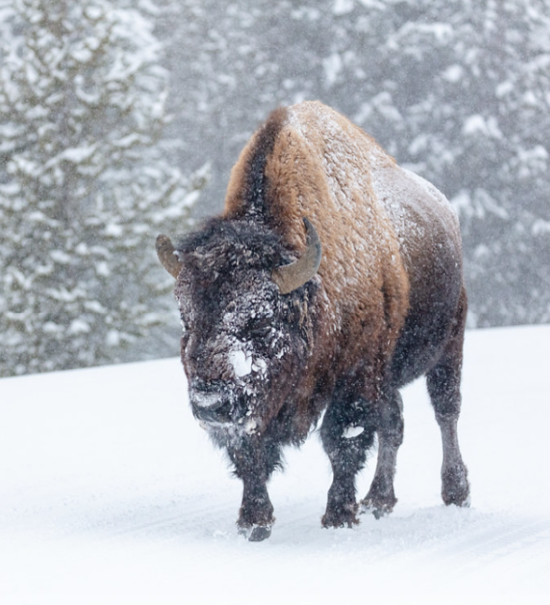
Big blustery talk won’t cut it, but the big blustery winds of winter will cut right through cracks, crevices, ill-fitting weather-stripping, and exposed pipes.
Can you feel the brrr?
There’s winter ready your home tips for that.
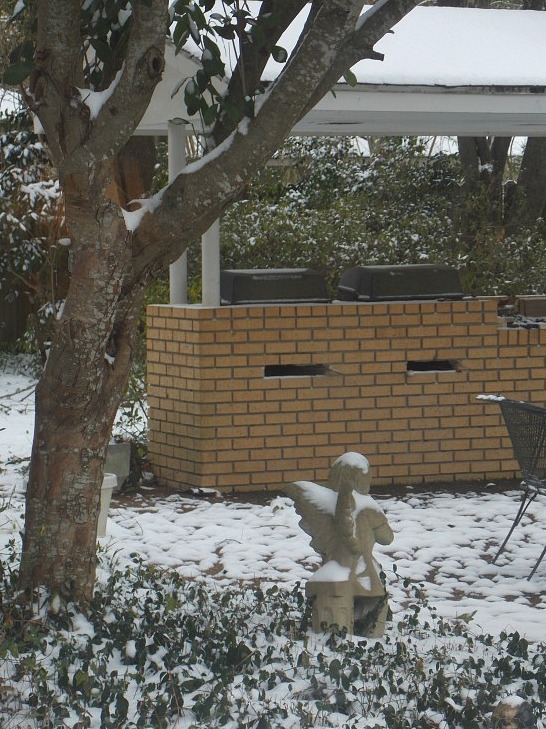
Hygge is the Danish word used to describe a mood of coziness, comfortable, and contentment.
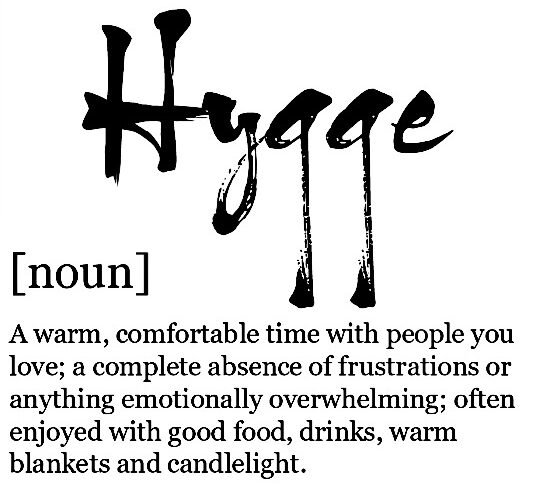
I wholeheartedly subscribe to this feeling for house and home in spring, summer, fall and especially winter.
Cozy comfortable contentment is nurtured by warmth and peace of mind promoted by these winter ready your home tips.
Winter Ready Your Home Tips
Drafts, and cracks and leaks are the enemy of the manageable heating bill.
Seek them out and seal them up with a tube of caulk.
Check around your windows and doorframes for cracked, rotted or missing weatherstripping, installing new to prevent and reduce warm air from escaping.
Cover vents and openings to prevent unwanted guests of the eek! kind from making a winter home.
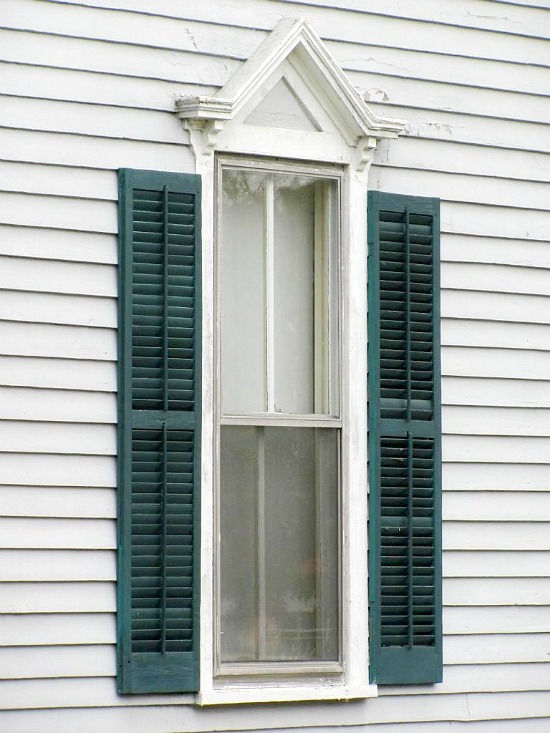
The window frame that is in a state of decay will give way to the harshness of old man winter.
Replace any rotting wood, caulk and seal, and feel the warmth, not a draft.
Remove any and all debris, leaves, sticks, pine needles, pecans (gifts from these little darlings) from gutters.
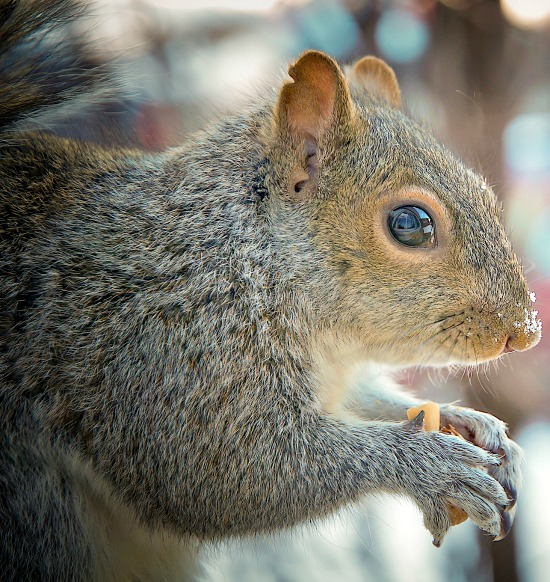
Trim and cut any branches back from your house.
I suggest hiring a professional service to remove overgrown limbs, branches, and vines from electrical wires.
Don’t forget to winterize the patio furniture, planters, and pots we love to summer outdoor living to.
Clean patio furniture and allow to completely dry, and then store in storage shed, basement, or garage to protect from the elements.
Clean out planters and move potted plants inside.
Remove water hoses, wrap, and store away for the season.
Drain sprinkler heads and valves in order to eliminate the pipes from bursting.
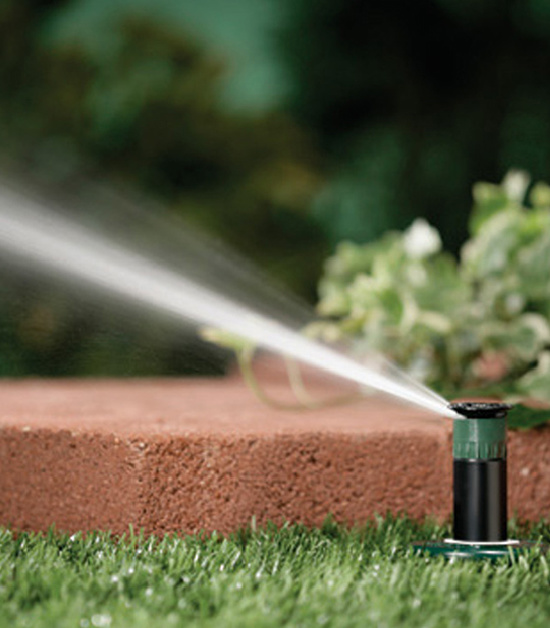
Close drain valves.
Set sprinkler timer to appropriate settings for the winter.
Wrap exposed pipes and cover outdoor faucets with a faucet cover to protect and prevent damage.
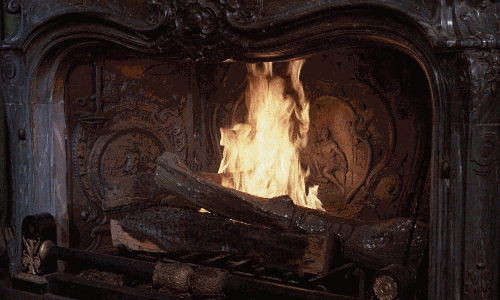
There’s a time and a place for a DIY project, and getting your wood-burning fireplace safely and accurately winter ready is not one of those times.
The best tip in this area is this: hire a professional chimney sweep.

Stock up now on the baby, it’s snowing outside essentials such as ice melter, snow shovel(s), ice chopper(s), snow brush, and snow scraper.
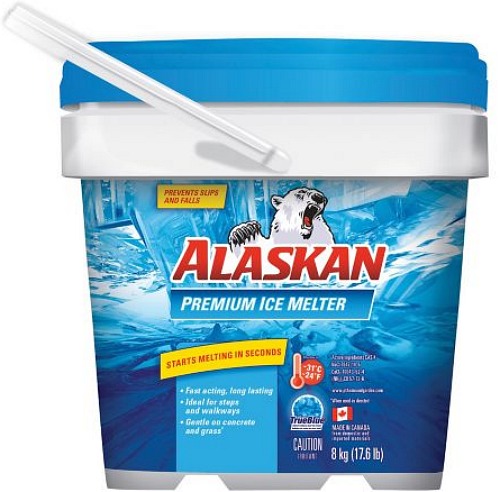
Perform an at home diagnostic test on your snow blower.
Change the oil and replace the spark plug.

I’ve sought Dave the Builder’s advice on the following:
Getting Your HVAC System Winter Ready for Your Home Tips
Use the brush attachment on your vacuum cleaner to clean return air grills, vents, and floor registers.
Start the season with a clean, new air filter. Change filter every thirty (30) days.
Cover window unit A/C with an insulated liner.
Look into replacing an older thermostat with an energy efficient programmable model.
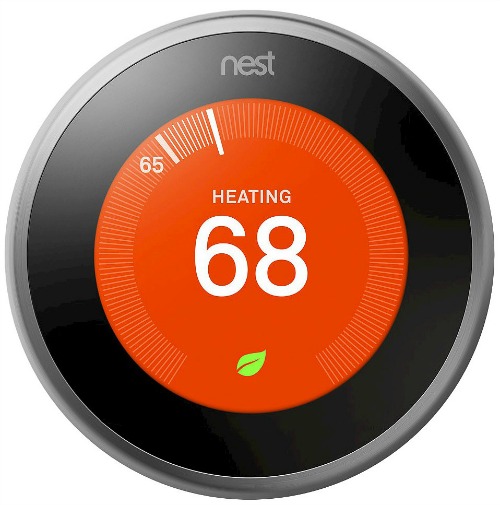
Reverse the settings on ceiling fans to clockwise to blow the hot air downward.
Energy.gov suggests turning your thermostat back 7°-10°F for 8 hours a day from its normal setting to promote saving as much as 10% a year on heating and cooling.
Safety is always in season.
Replace the batteries in your smoke alarms.
Install a carbon monoxide detector or an all-in-one unit.
An ounce of prevention is worth a pound of cure.
Getting prepared now with these winter ready your home tips feathers the nest with protection as well as peace of mind for the winter months ahead.


